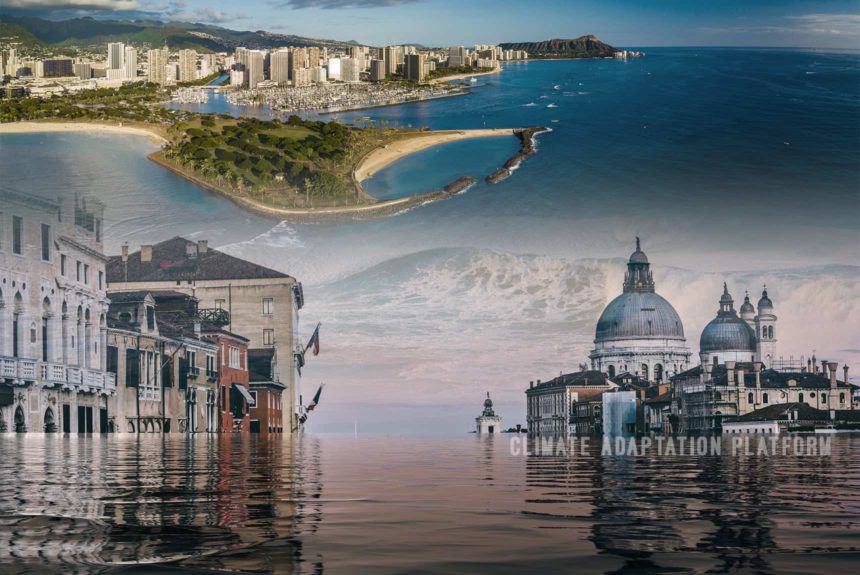The IPPC’s WGII AR6, published on 28 February 2022, has Cross-Chapter Paper 2, which is on climate change impacts and risks to coastal cities and settlements, their vulnerability and enabling conditions and options for climate adaptation.
Coastal cities and settlements are at the forefront and our first line of defence against the worst impacts of climate change. According to the IPCC report, they are also key areas for climate adaptation and climate-resilient development.
A vast concentration of population and critical infrastructure are found along the shorelines. About 11% of the global population, or 896 million people, reside in low-lying coastal areas highly exposed to natural and climate change-induced coastal hazards. By 2050 more than a billion people living in low-lying coastal cities and settlements will be exposed to climate hazards.
As more people move to these areas and increase the population, their climate change vulnerabilities also rise.
Sea-level rise will make climate-resilient development more challenging. By 2100 between $7 to 14 trillion in coastal infrastructure assets will be vulnerable to climate change risks. Still, coastal settlements and cities will have to develop resilience and build adaptive capacities to protect national economies and global maritime trade.
The IPCC WGI report showed that the global sea level has risen faster since 1900, more than any century in the last 3,000 years. The latest report has the same message – inevitable sea-level rise will result in cascading and compounding impacts, including damages to coastal ecosystems and infrastructure, damages from flooding, and groundwater salinization.
If we manage to limit warming between 2 to 2.5°C above pre-industrial levels, it will still affect at least 25 megacities. By 2100, low-lying areas that presently hosts up to 1.3 billion will be flooded.
Since the IPCC AR5 was published in August 2014, governments have employed extensive adaptation planning, but widespread and effective implementation lags, resulting in a “coastal adaptation gap”. More interventions have been reactive and depend on protective works alone to date. Overcoming this gap is key to transitioning towards climate-resilient development (CRD).
Closing the gap will entail all sectors to make inclusive choices that advance risk reduction, justice and equity, the integration of decision-making processes, finance and action across all government levels, international cooperation, and strengthening partnerships with the marginalized groups, indigenous people, and ethnic minorities.
The Conversation’s article, “IPCC report: Coastal cities are sentinels for climate change. It’s where our focus should be as we prepare for inevitable impacts“, mentions from the IPCC AR6 the following conditions on how coastal cities and settlements can fulfil their role in achieving climate-resilience development:
- Take a long-term perspective when making short-term decisions by keeping options open to adjusting as sea-level rises and avoiding new development in high-risk locations
- Enable more effective coordination by establishing networks across different governance levels and policy domains to build trust and legitimize decisions
- Reduce social and climate injustice by taking historical conditions, including past emissions and prevailing political realities, into account and proactively reducing vulnerability and inequity
- strengthen local democracy by facilitating participation, involving stakeholders early and consistently through to implementation, with particular attention to engaging Indigenous people and marginalized and vulnerable groups, and
- develop governance capabilities to tackle complex problems by drawing on multiple knowledge systems, including Indigenous, local and scientific knowledge, to co-design more acceptable and effective responses.
Click the link below to read more about coastal cities and settlements’ climate change vulnerabilities and how they can develop and implement effective climate adaptation plans and strategies.



Leave a Reply